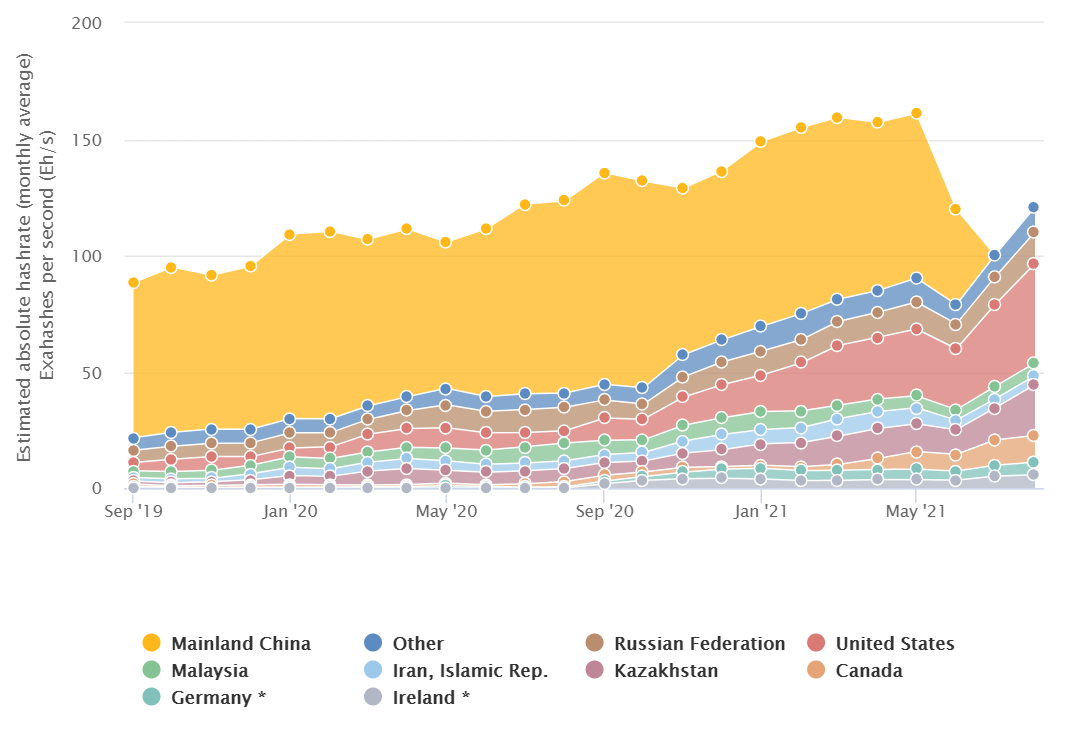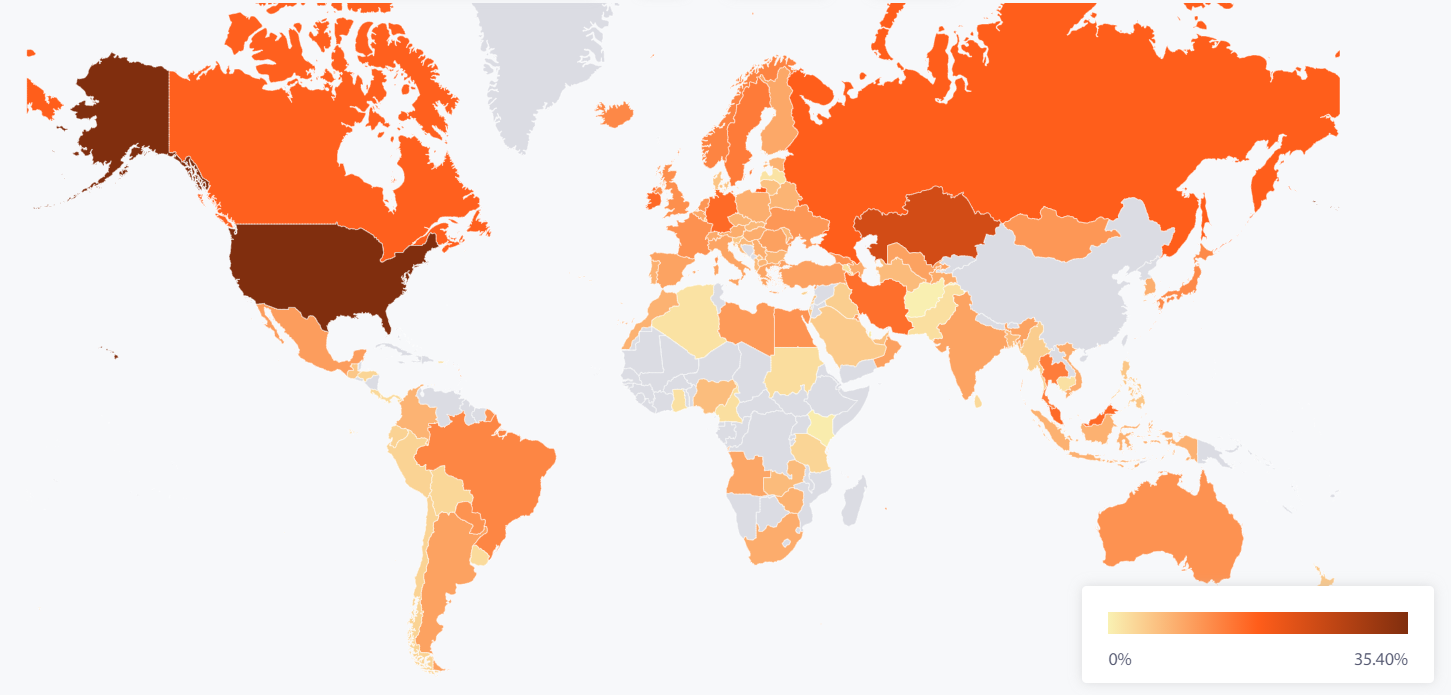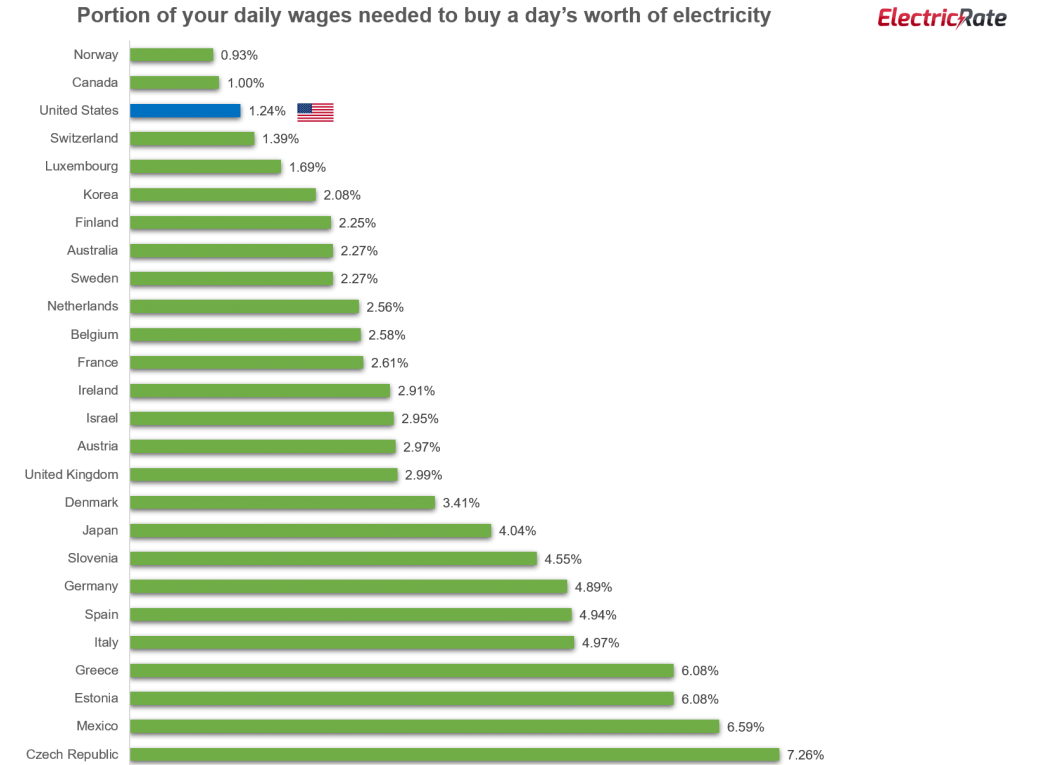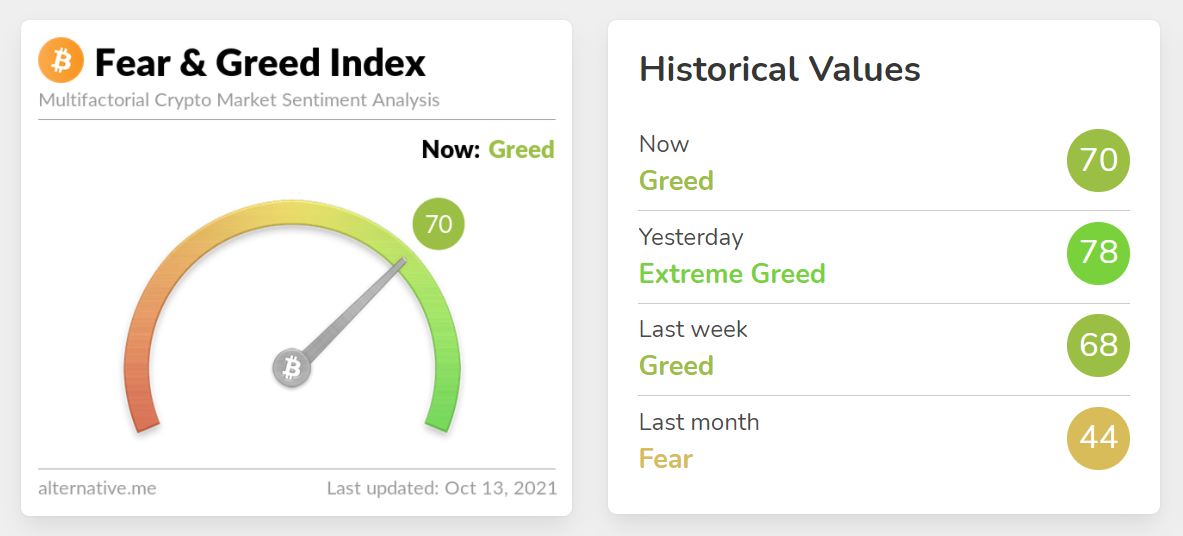Constant China FUD is finally off Bitcoin’s back. While this is bullish news moving forward, Bitcoin’s relative unrealized profit/loss data model further entrenches a positive forecast for new ATH price levels this year.
The US Overtakes China in BTC Mining
The mark of a decentralized network is its flexibility. In a span of a year, China’s complete dominance over Bitcoin mining shifted drastically – from over 70%, due to China’s cheap coal for electricity, to under 40%.

Foreshadowing of this shift was a long time in the works. In March 2021, China cracked down on Inner Mongolia’s crypto mining, as one of the provinces rich in coal. With the energy crunch underway across Europe and China, these efforts only intensified. Since then, China’s authorities, led by the People’s Central Bank of China (PBoC), kept issuing a series of “Bitcoin bans” which served as powerful FUD (fear, doubt, uncertainty) for the entire crypto market.
Eventually, this led to a crypto-miner exodus, making Bitcoin resistant to the notorious China FUD. In the end, the Westernization of BTC mining created a bullish momentum for Bitcoin, which is now in full effect. In terms of Bitcoin’s network hashrate, the US has now outstripped China, having 42.2 EH/s vs. China’s 41.1 EH/s (exahashes per second).

When we take a look at the average monthly hashrate by country, the US is now in the lead, followed by Kazakhstan, Russia, Canada, and Malaysia.

Although Ireland and Germany have been noted as having large hashrate share percentages on social media, this is most likely due to VPN usage. After all, it doesn’t make sense to have profitable Bitcoin mining operations there when both nations have relatively high electricity costs.

With the US now supplanting China as the leader in Bitcoin mining, this leaves us with a question. Will China FUD be replaced by a US FUD? In other words, is there sufficient regulatory clarity for Bitcoin to sail through in the long run, its price mainly driven by on-chain factors?
Bitcoin Is Not a Security But Still Faces Uncertainty
In the United States, Bitcoin is now treated as a commodity, subject to capital gains tax. This puts it above smart contract protocols, many of which could be classified as securities, including stablecoins. When Gary Gensler, the SEC Chair, likened stablecoins to poker chips, he was referring to their collaterals.
In contrast, Bitcoin is its own thing, untethered to an underlying asset. Moreover, the Federal Reserve Chair, Jerome Powell, stated at the end of September that there is no plan to ban cryptocurrencies.
Fed Chair Powell says he has no intention to ban #Bitcoin and cryptocurrencies 🚀🚀🚀pic.twitter.com/i2zfRPk1je
— LilMoonLambo (@LilMoonLambo) September 30, 2021
However, this stance depends on a CBDC rollout – Central Bank Digital Currency. One way or the other, it is yet unclear in which direction the digital dollar will go. There are a wide range of CBDCs to consider, from so-called surveillance coins to anonymous digital cash. If it is the latter, stablecoins themselves make CBDCs rather pointless from a technical standpoint.
This uncertainty places Bitcoin in a regulatory gray zone, similar to the cannabis industry. It may generate taxes on a state level and be all but legalized, but it is not so on the Federal Level. Although Bitcoin is in a better position because it cannot pass the Howey Test to be classified as a security, the same cannot be said for the bulk of digital assets.
In the meantime, the US crypto companies – Gemini, Ripple, Coinbase, LedgerX – have tailwinds as some of the world’s largest crypto companies. As such, they could form a powerful lobby moving forward, which we have recently noted the effectiveness of in our article on Washington insider trading lobbying has the most sway over politicians.
Bitcoin’s Market Sentiment Examined
The beginning of October marked Bitcoin’s return to a one trillion market cap, now holding at $1.06 trillion. This broke the 5-month-long period since May after the infamous Elon Musk/China FUD, resulting in a major crypto crash.

With a return to normal and bearish sentiment broken, the question is now what we should expect next. First of all, it bears keeping in mind the golden rule – buy low and sell high. The bigger the gap between those points, the larger the gains. When it comes to Bitcoin, this translates to dipping when the market sentiment is dominated by fear.

This clearly isn’t the case now, further boosted by the lack of external threats – either China or the Fed. Historically, Bitcoin price follows an upward trajectory, rising to new heights, followed by corrections and revisiting heights, then going up again – rinse, repeat. This flow has been interrupted by profit-taking opportunities by long-term holders, resulting in major selloffs.
These selling pressure periods tend to be short, serving as buy-the-dip opportunities for crypto whales, such as Michael Saylor of MicroStrategy. In chart form, this fluctuation between fear and greed, capitulation and euphoria, looks like this.

Presently, BTC price is within the euphoria stage, with 53% relative unrealized profit/loss (P/L). This is largely a result of Bitcoin’s return to over $1 trillion market cap. Can the selling pressure begin then, when people start profit-taking from Bitcoin’s previous price levels?
If you look closely at the above chart, you will notice that the current cycle is much like the 2012 – 2014 one. More importantly, the current 53% P/L is lower than the previous period in February when BTC price was in relatively the same range. This gives Bitcoin leeway to go up to $200k this cycle, depending on how fast it moves.
Which altcoin do you think will benefit the most from Bitcoin serving as a tide lifting all crypto boats? Let us know in the comments below.
 tokenist.com
tokenist.com